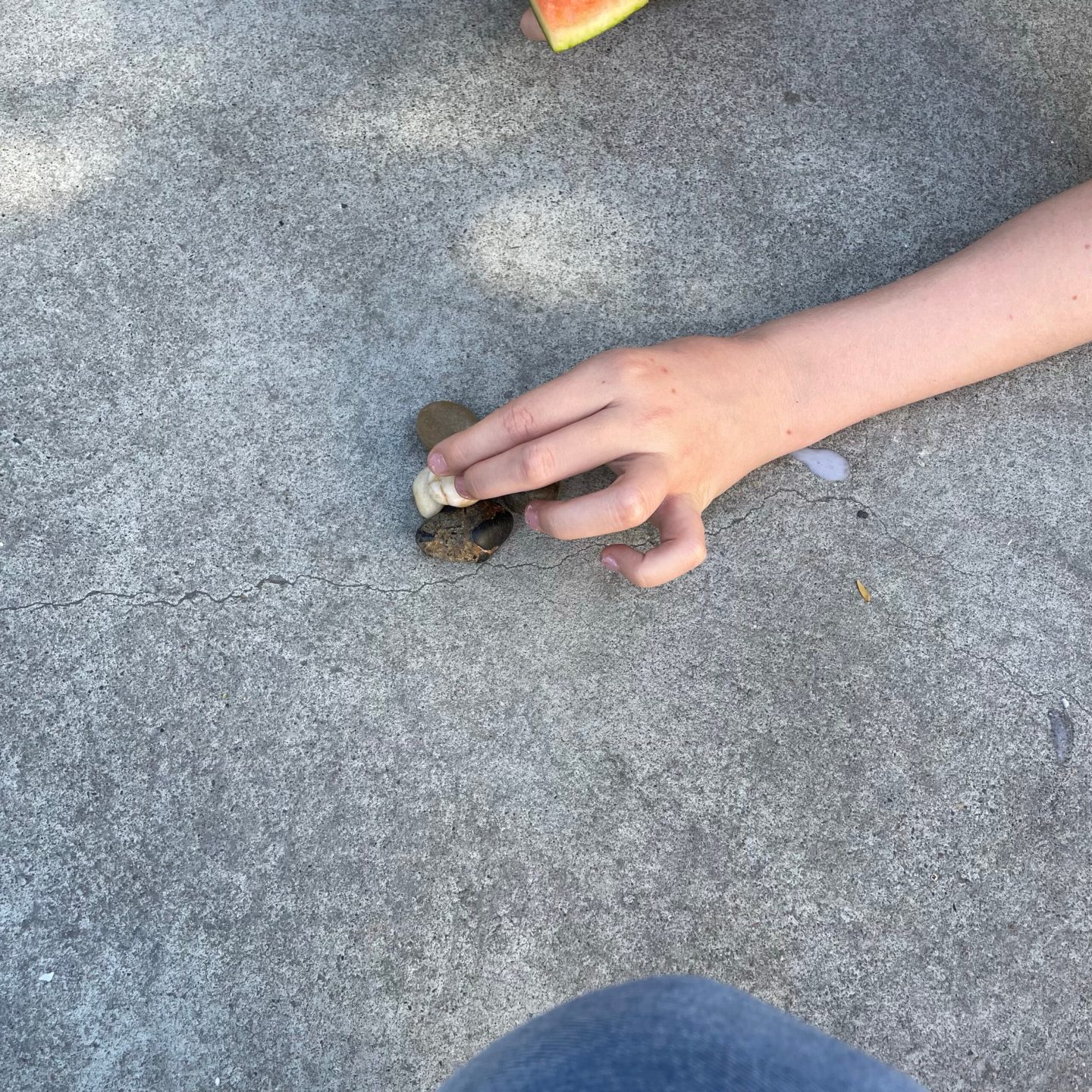Ok, so my plan for this week was genius, but I almost completely failed to get any good photos. You’ll have to hope that my powers of description are good enough…
Before the kids get to designing their islands, I want them to think a little bit about where the island might be placed in the world (kind of climate before we study it), and also how that placement might affect how the island was formed.
Today we explored 6 different types of island formation. To get started I read aloud from Islands, by Julia Waterlow. The book is out of print, but if you can find it second hand, it’s got tons of great information for an Imaginary Island study. Then the kids moved through six demonstration stations for the different types of island formation. I provided a note taking page, with space to draw or write notes for each island type.



1. Continental Islands
I made a continental shelf with two higher land structures from plasticine/plastilina. Blue water represented the ocean, and we discussed what would happen if the sea level rose – then we added water and cut the island off from the mainland.



2. Sedimentary/Barrier Islands
Sand was set up on the top third of a large container. We ran water over the sand, representing a river moving sediment over land, and out to the open ocean creating either barrier or sedimentary islands.
3. Volcanic Islands
In a silver foil tray we mixed corn starch and water. Holding the tray over a tea light causes the cornstarch to bubble up, just like magma might bubble up through a weak point in Earth’s crust.



4. Coral Islands
We piled together rocks to represent to growth of coral islands. Each child in the circle got two rocks, and we went round the circle twice with everyone adding one rock at a time. This represented the build up of a coral island over time.
5. Atolls
Ahead of time I made a frozen volcano shape from baking soda – just baking soda and a tiny amount of water to make a stiff paste inside a silicon funnel, and frozen. We placed rocks around the volcano to represent coral growth around the volcanic island. Then, we used a watering can to pour over the baking soda and dissolve it, representing erosion of the central island leaving behind coral atolls. This experiment got the most oohs and aahs and is, of course, the one I have no pictures of.
6. Artificial Islands
We looked at pictures of Palm Jumeirah, artificially created islands in Dubai and discussed how artificial islands might be formed. My oldest daughter had read about these islands and knew that these particular ones were made by pumping up sediment from the bottom of the ocean.
